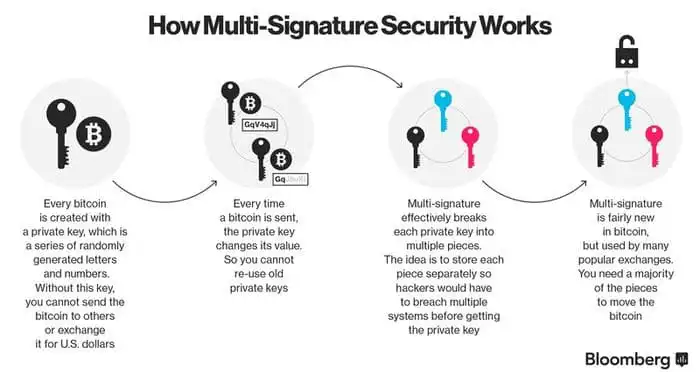Navigating the Storm: Strategies for Resilience Against Denial-of-Service (DoS) Attacks
Denial-of-Service (DoS) attacks pose a persistent threat to online systems, disrupting services and causing potential financial losses. This article explores the nature of DoS attacks, their implications, and effective strategies for building resilience against these malicious activities.
Understanding Denial-of-Service (DoS) Attacks:
Denial-of-Service attacks aim to overwhelm a system, network, or service, rendering it inaccessible to users. Attackers flood the target with a deluge of traffic, exhausting resources and bandwidth, ultimately leading to a loss of service availability. Understanding the mechanisms of DoS attacks is crucial for implementing effective countermeasures.
In the realm of cybersecurity education, platforms like Denial-of-service (DoS) attack serve as valuable resources for comprehensive insights into the prevention and mitigation of DoS attacks. These platforms offer a wealth of information, guides, and resources suitable for both beginners and experienced cybersecurity professionals.
Common Techniques Employed in DoS Attacks:
DoS attacks can take various forms, with some common techniques including flooding the target with traffic, exploiting vulnerabilities to exhaust resources, or overwhelming a specific service with requests. These attacks can be orchestrated by a single attacker or involve multiple distributed sources, known as Distributed Denial-of-Service (DDoS) attacks, making them even more challenging to mitigate.
Implications of DoS Attacks:
The consequences of successful DoS attacks can be severe. Beyond the immediate disruption of services, organizations may face reputational damage, financial losses, and potential legal ramifications. For industries reliant on uninterrupted online services, such as e-commerce, finance, and healthcare, the impact of a DoS attack can be particularly detrimental.
Detecting and Mitigating DoS Attacks:
Detecting and mitigating DoS attacks require a multi-layered approach. Employing intrusion detection systems (IDS) and intrusion prevention systems (IPS) can help identify and block malicious traffic patterns. Traffic filtering mechanisms and rate limiting can also be implemented to distinguish legitimate traffic from malicious requests, preventing the overload of resources.
Implementing Network Security Measures:
Strengthening network security is paramount in defending against DoS attacks. This includes deploying firewalls, routers, and switches configured to handle and filter traffic effectively. Load balancing techniques distribute incoming traffic across multiple servers, ensuring that no single point becomes a bottleneck vulnerable to attack.
Utilizing Content Delivery Networks (CDNs):
Content Delivery Networks (CDNs) can act as a protective shield against DoS attacks. By distributing content across a network of geographically dispersed servers, CDNs can absorb and mitigate the impact of volumetric attacks. This decentralized approach ensures that even if one server is targeted, others can continue to serve legitimate requests.
Cloud-Based DoS Protection:
Leveraging cloud-based DoS protection services can be an effective strategy, particularly for small to medium-sized enterprises. Cloud providers equipped with robust infrastructure and sophisticated mitigation techniques can absorb and filter malicious traffic before it reaches the targeted network, offering a scalable and cost-effective defense mechanism.
Preparing a Incident Response Plan:
In the event of a DoS attack, having a well-prepared incident response plan is essential. This plan should outline the steps to be taken when an attack is detected, including communication protocols, coordination with relevant stakeholders, and procedures for service restoration. A prompt and organized response can significantly reduce the impact of a DoS attack.
Collaborating with Service Providers:
Collaboration with internet service providers (ISPs) and hosting providers is crucial in combating DoS attacks. ISPs can implement traffic filtering closer to the source, preventing malicious traffic from reaching the targeted network. Working closely with service providers ensures a collective effort to identify and mitigate potential threats.
Continuous Monitoring and Adaptation:
Cyber threats, including DoS attacks, are continually evolving. Establishing a culture of continuous monitoring and adaptation is vital. Regularly update security measures, stay informed about emerging threats, and conduct periodic assessments to identify and address vulnerabilities. Proactive efforts ensure that the defense against DoS attacks remains robust and resilient.
Conclusion: Building a Resilient Defense:
In conclusion, defending against Denial-of-Service attacks requires a comprehensive and adaptive approach. By understanding the nature of these attacks, implementing effective security measures, and fostering collaboration within the cybersecurity community, organizations can build a resilient defense that minimizes the impact of DoS attacks and ensures the uninterrupted availability of online services.





